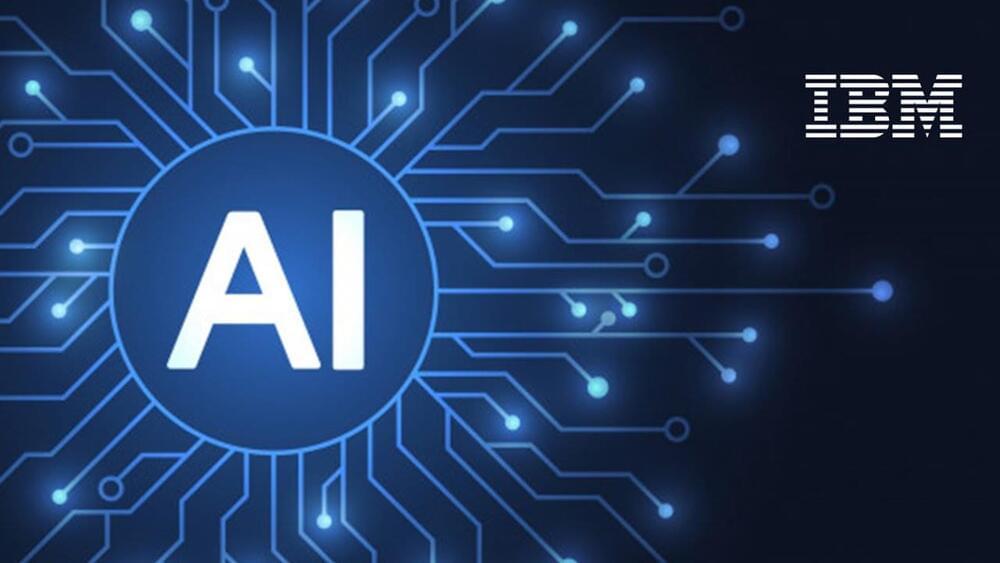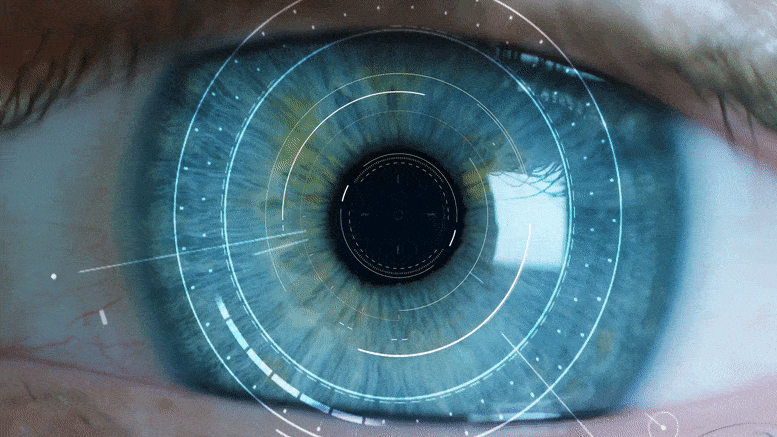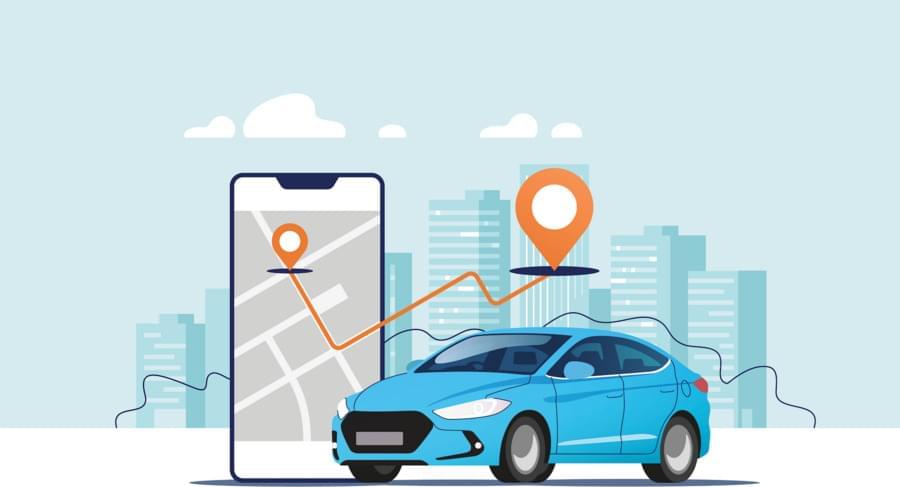What’s needed instead is something more like the engineering that goes into a race car, where the initial design is as perfect as the engineers know how to make it upfront, but every few laps during a race, they fine-tune it further for the specific conditions on the track that day, Venne said. His inspiration for a solution that is less labor-intensive than car racing also comes from the world of automobiles — specifically self-driving cars.
In addition to knowing the basic rules of the road, a self-driving car needs to be able to adapt to the unexpected, such as swerving to avoid hitting the squirrel crossing the road ahead, Venne said. “It occurred to me that if we’re doing this with cars, we should be able to do the same with the technology that drives the mechanical side of the building.”
BrainBox AI focuses primarily on controlling the heating, ventilation, and air conditioning (HVAC) systems within a building, which accounts for the majority of the energy consumption in most buildings, Venne said. A next-level goal is to get multiple neighboring buildings in a city working in tandem to produce better results, like helping utilities balance the consumption of electricity during periods of peak demand. A pilot project based on that concept won a Tech for Our Planet challenge at the recently concluded COP26 United Nations conference on controlling climate change.









